Hives (Urticaria)
- Home
- Hives (Urticaria)
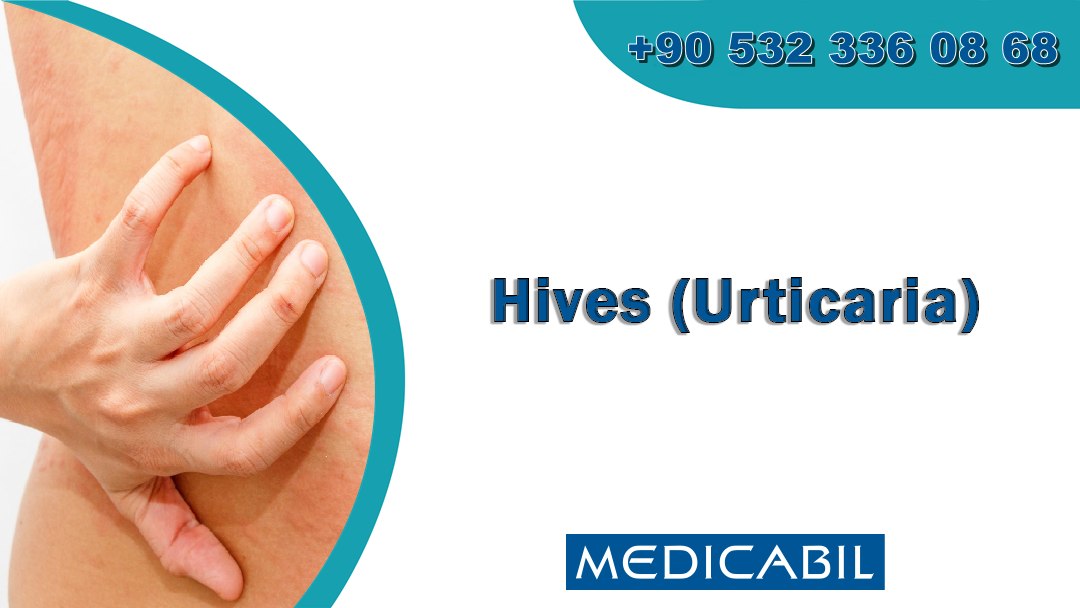
It is a disease that occurs as a result of fluid (plasma) leakage of blood from small vessels in the skin and mucous membranes to adjacent tissue around it and is accompanied by short-term swelling. The disease creates redness of the skin, swelling, itchy rashes, puffy from the skin. Rashes can be from 2-3 mm to 10-20 cm in size. The disease can settle all over the body, most often in the torso. Attacks occur mostly at night. Many factors are effective in the formation of urticaria. Opium alcoholides, aspirin, nonsteroidal anti-inflammatory drugs, contrast agents, some blood products can cause urticaria. Some foods, such as seafood, strawberries, food additives, physical agents can also cause urticaria. In addition, it is reported that various triggering factors play a role in the formation of urticaria. These are infections (urinary tract, throat infections), parasitoses (intestinal parasites, urinary tract parasites). In addition, the emotional state can exacerbate urticaria. Some internal diseases can be accompanied by urticaria. These include systemic lupus erythematosus, polyarteritis, nodosa, hyperthyroidism, hypoporatroidia, leukemia, lymphoma, lung, colon and breast cancers. Urticaria is defined as acute if the symptoms are less than 6 weeks; chronic urticaria if they last longer than 6 weeks. In addition to the classic type of urticaria, there are also different types in the form of angioedema (swelling of the face and eyes), physical urticaria (urticaria lesions occur in contact areas due to cold, pressure, heat, sun-related), contact urticaria (formed in contact areas as a result of lesions such as chemical agents), cholinergic urticaria (urticaria lesions occur after exercise).
-
 What is Cybernix Therapy?
What is Cybernix Therapy?
-
 What is Endometriosis (Chocolate Cyst)? What are the symptoms? How to Treat?
What is Endometriosis (Chocolate Cyst)? What are the symptoms? How to Treat?
-
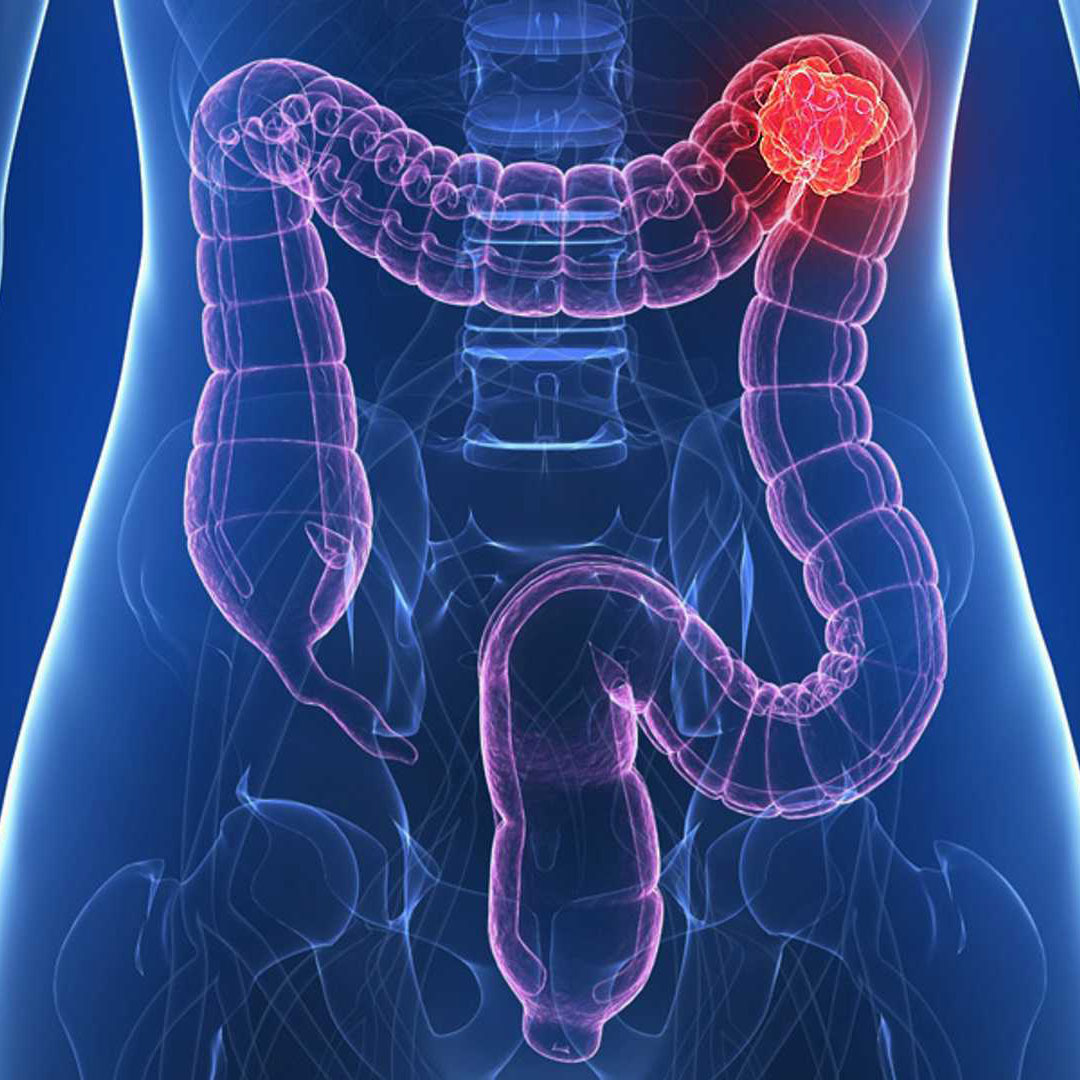 Colon Cancer (Symptoms, Stages, Treatment)
Colon Cancer (Symptoms, Stages, Treatment)
-
 Influenza (Flu) in Children
Influenza (Flu) in Children
-
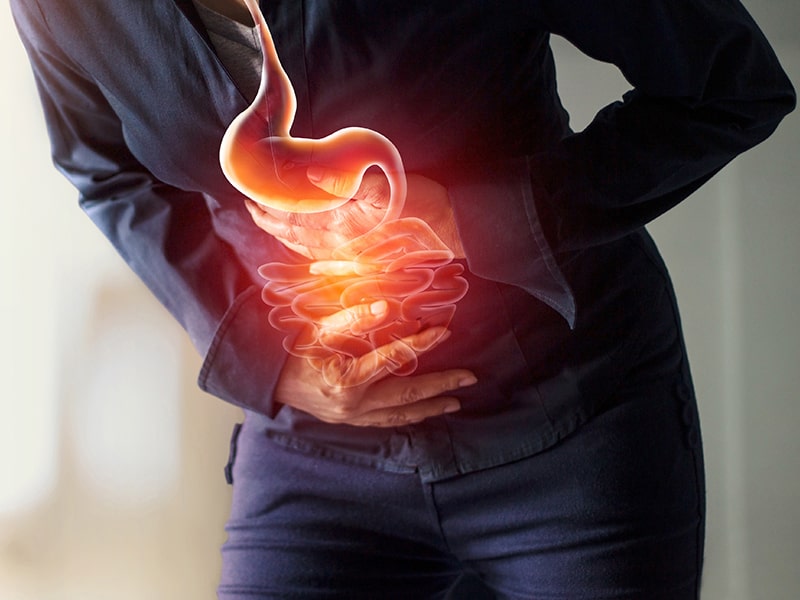 Stomach Cancer Symptoms and Treatment Methods
Stomach Cancer Symptoms and Treatment Methods
-
 What is Lymph Node Swelling? What Are The Reasons?
What is Lymph Node Swelling? What Are The Reasons?
-
 When to Use Antibiotics? What are the side effects? What is Antibiotic Resistance?
When to Use Antibiotics? What are the side effects? What is Antibiotic Resistance?
-
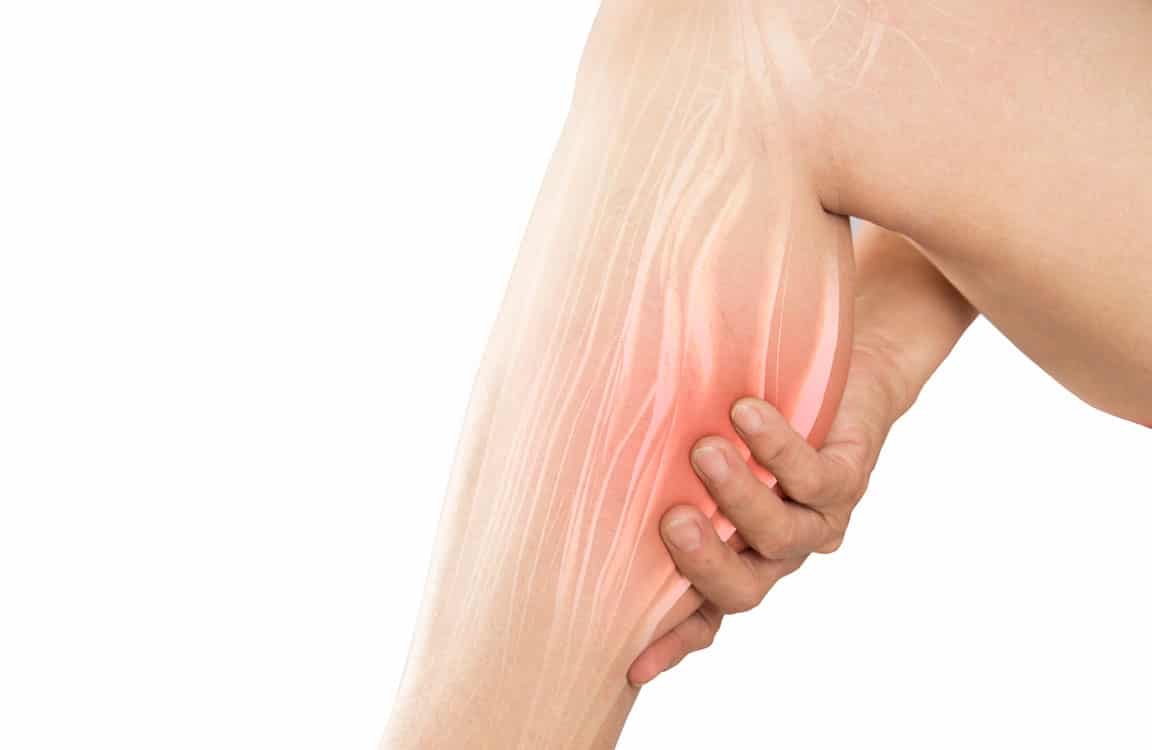 What is Muscle Spasm?
What is Muscle Spasm?
-
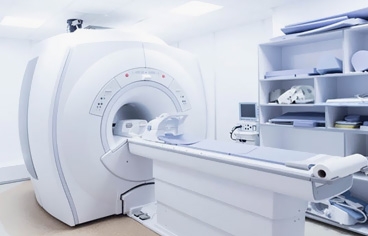 What is MRI? How to Take an MRI with Medication? Is It Harmful?
What is MRI? How to Take an MRI with Medication? Is It Harmful?
-
 What are the Causes of Diarrhea and Vomiting? How to Treat?
What are the Causes of Diarrhea and Vomiting? How to Treat?
